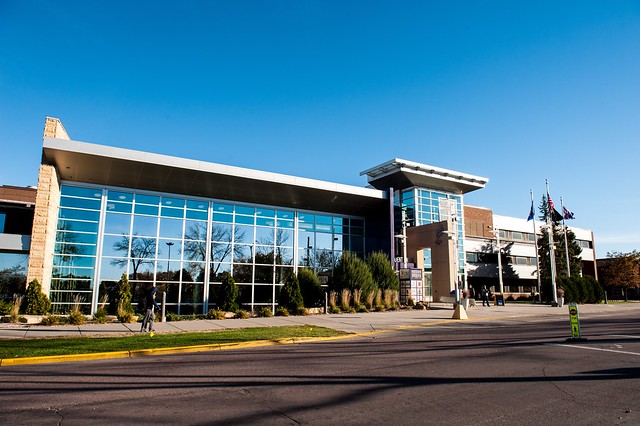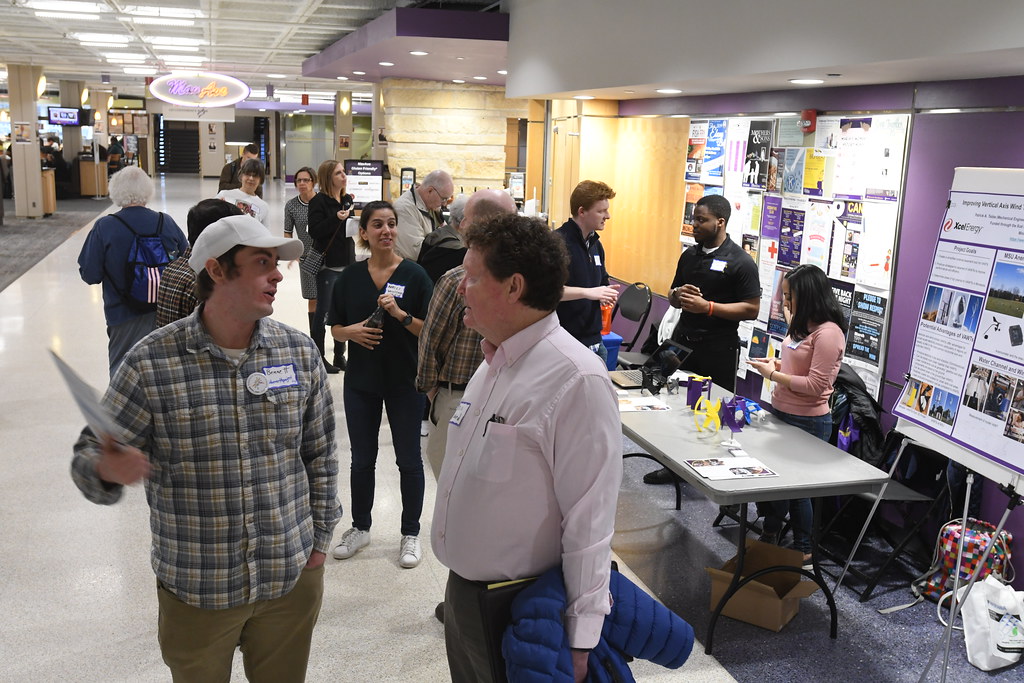On Thursday, November 1st, Southeast Clean Energy Resource Teams (SE CERT) hosted a “Capturing Savings from Public Building Energy Efficiency: Benchmarking through Financing – Getting your Project Done” session at the Minnesota State University, Mankato’s Centennial Student Union. CERTs has worked for years to reinforce that the cheapest energy is the energy you don’t use. Turns out that the 50 attendees at the event know that’s true and were enthusiastic to hear from the range of speakers about varying strategies for reducing the impact of energy costs on their bottom line.
We encourage reuse and republishing of this story. All Clean Energy Resource Teams stories are made available under the Creative Commons Attribution license, meaning you can share and adapt the work as long as you give us credit. We'd also love it if you link back to the original piece. Have questions or want to chat? Drop us a line.



